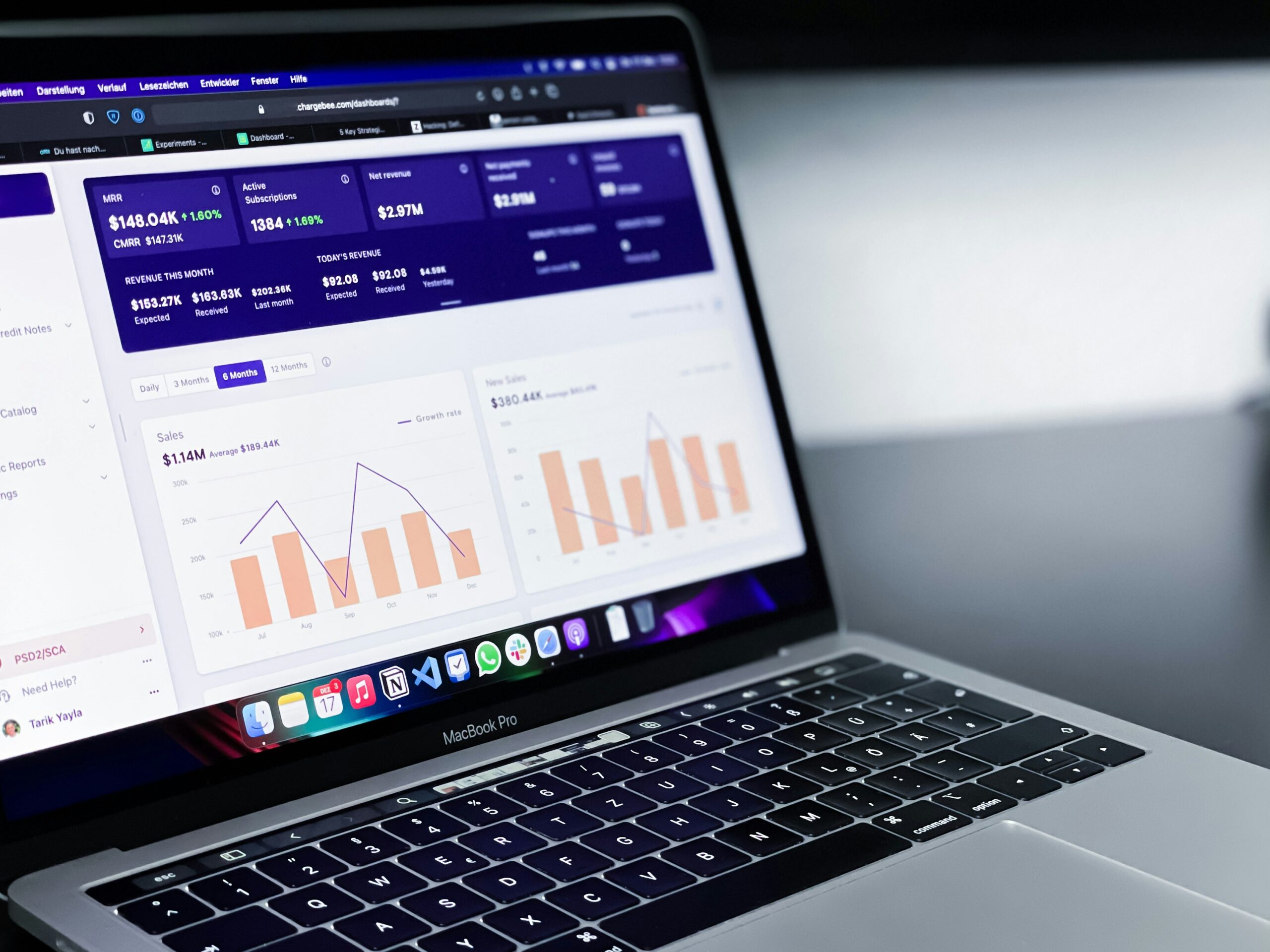
Introduction
As the world of technology continues to evolve at an unprecedented pace, it’s crucial for businesses to stay ahead of the curve and anticipate the upcoming trends. In this blog post, we will explore the key trends that are expected to shape the landscape of analytics, artificial intelligence (AI), and the choice between cloud and on-premises solutions in the year 2024. Additionally, we will delve into insights on team structures, economic conditions, IT spending, and the rise of generative AI.
Analytics and Dashboards : Not going out of fashion soon
In 2024, analytics will continue to be a driving force behind informed decision-making. As data becomes more abundant, businesses will focus on harnessing its potential to gain actionable insights. Advanced analytics techniques such as predictive modeling, machine learning, and natural language processing will be at the forefront, enabling organizations to uncover hidden patterns, make accurate predictions, and optimize processes.
AI: The Rise of Intelligent Automation
Artificial intelligence will continue to revolutionize industries across the board in 2024. Businesses will increasingly adopt AI-powered solutions to streamline operations, enhance customer experiences, and drive innovation. From chatbots and virtual assistants to autonomous vehicles and smart homes, AI will empower businesses to automate tasks, make data-driven decisions, and deliver personalized experiences.
Cloud vs On-Premises: Finding the Right Fit, Back to On – prem for some ?
The debate between cloud and on-premises solutions will persist in 2024, as businesses evaluate the best fit for their needs. While the cloud offers scalability, flexibility, and cost-efficiency, on-premises solutions provide greater control and security. The choice will largely depend on factors such as data sensitivity, regulatory compliance, and the specific requirements of each organization. Hybrid solutions that combine the best of both worlds may also gain traction.
Team Structures: Collaboration and Expertise, expect to see some investment again in In Business Analytics teams
In 2024, successful analytics and AI initiatives will require a collaborative approach. Cross-functional teams comprising data scientists, domain experts, and business analysts will work together to extract value from data and develop AI solutions. The ability to bridge the gap between technical expertise and business acumen will be highly sought after, as organizations strive to leverage analytics and AI to drive growth and gain a competitive edge.
Economic Conditions: Navigating Uncertainty
Economic conditions will play a significant role in shaping the analytics and AI landscape in 2024. As businesses face uncertain times, they will prioritize investments that offer tangible returns and long-term benefits. Analytics and AI solutions that can drive cost savings, improve operational efficiency, and enhance customer experiences will be in high demand. Organizations will also focus on ensuring the ethical use of AI and maintaining transparency in their decision-making processes.
IT Spending: Investing in Innovation
Despite economic challenges, IT spending is expected to continue growing in 2024, with a significant portion allocated to analytics and AI initiatives. Organizations will invest in upgrading their infrastructure, acquiring advanced analytics tools, and building AI capabilities. Cloud providers will witness increased adoption as businesses leverage their offerings to scale quickly and reduce upfront costs. Strategic investments in analytics and AI will be seen as a means to drive innovation and gain a competitive advantage.
Generative AI: Unleashing Creativity
In 2024, generative AI, a subset of AI that focuses on creating original content, will gain momentum. From generating realistic images and videos to composing music and writing articles, generative AI will unlock new possibilities for creativity and automation. However, ethical considerations and the potential misuse of generative AI will be important topics of discussion, prompting the need for responsible development and deployment.
Conclusion
The year 2024 promises to be an exciting time for analytics, AI, and the ongoing debate between cloud and on-premises solutions. Organizations that embrace these trends and adapt to the changing landscape will be well-positioned to drive innovation, improve decision-making, and gain a competitive advantage. By investing in the right team structures, leveraging economic conditions, and making strategic IT spending decisions, businesses can harness the power of analytics, AI, and generative AI to shape a successful future.
